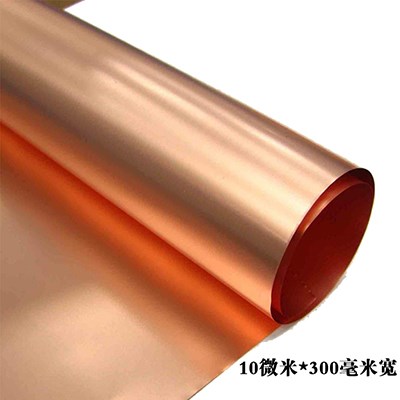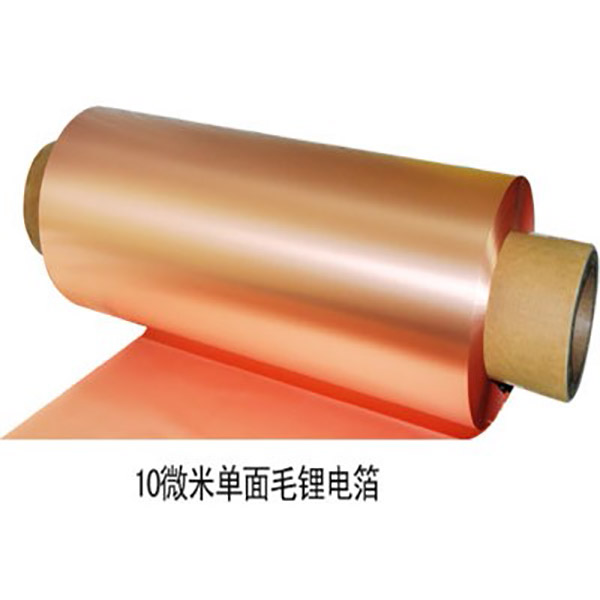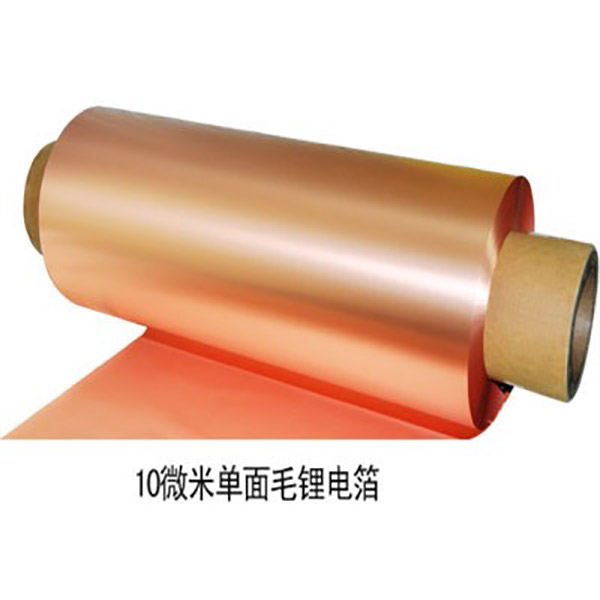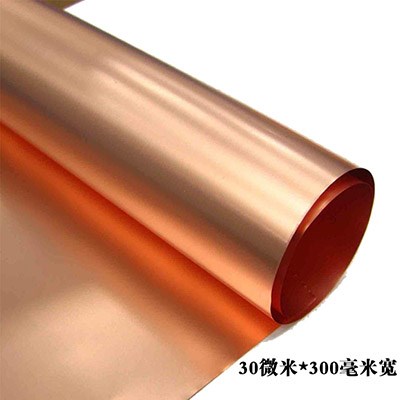Foshan Preferred Lithium Copper Foil Manufacturer
In order to improve the bonding strength of copper foil to the substrate, oxidation is usually used (that is, after oxidation treatment, a layer of copper oxide or cuprous oxide is formed on the surface, which improves the bonding strength of copper foil and substrate due to the polarity) Or roughen the copper foil (a roughened layer is generated on the surface of the copper foil by electrochemical method, which increases the surface area of the copper foil and improves the bonding strength between the copper foil and the substrate due to the anchoring effect of the roughened layer on the substrate).
Foshan Preferred Lithium Copper Foil Manufacturer
The electrolyte contains oil, paint, grease, sediment and other contaminants attached to the surface of copper foil. After being squeezed by the squeezing (water) roller, the contaminants are squeezed flat, some contaminants attach to it, and some contaminants attach to the guide roller. Because the dirt is squeezed up during the operation, the dirt has a head and a tail, and has a direction.
Foshan Preferred Lithium Copper Foil Manufacturer
Copper foil is a key conductive material in lithium ion batteries and printed circuit boards. It is a kind of negative electrolytic material, a thin, continuous metal foil deposited on the substrate of circuit board.
Foshan Preferred Lithium Copper Foil Manufacturer
Most copper foils used for domestic printed boards are 35um thick, and 50um copper foils are used as transition products. In high-precision hole metallized double-sided or multilayer board manufacturing, thinner than 35um copper foils, such as 18um, 9um and 5um copper foils, are expected. Some multilayer boards use thicker copper foil, such as 70um.







